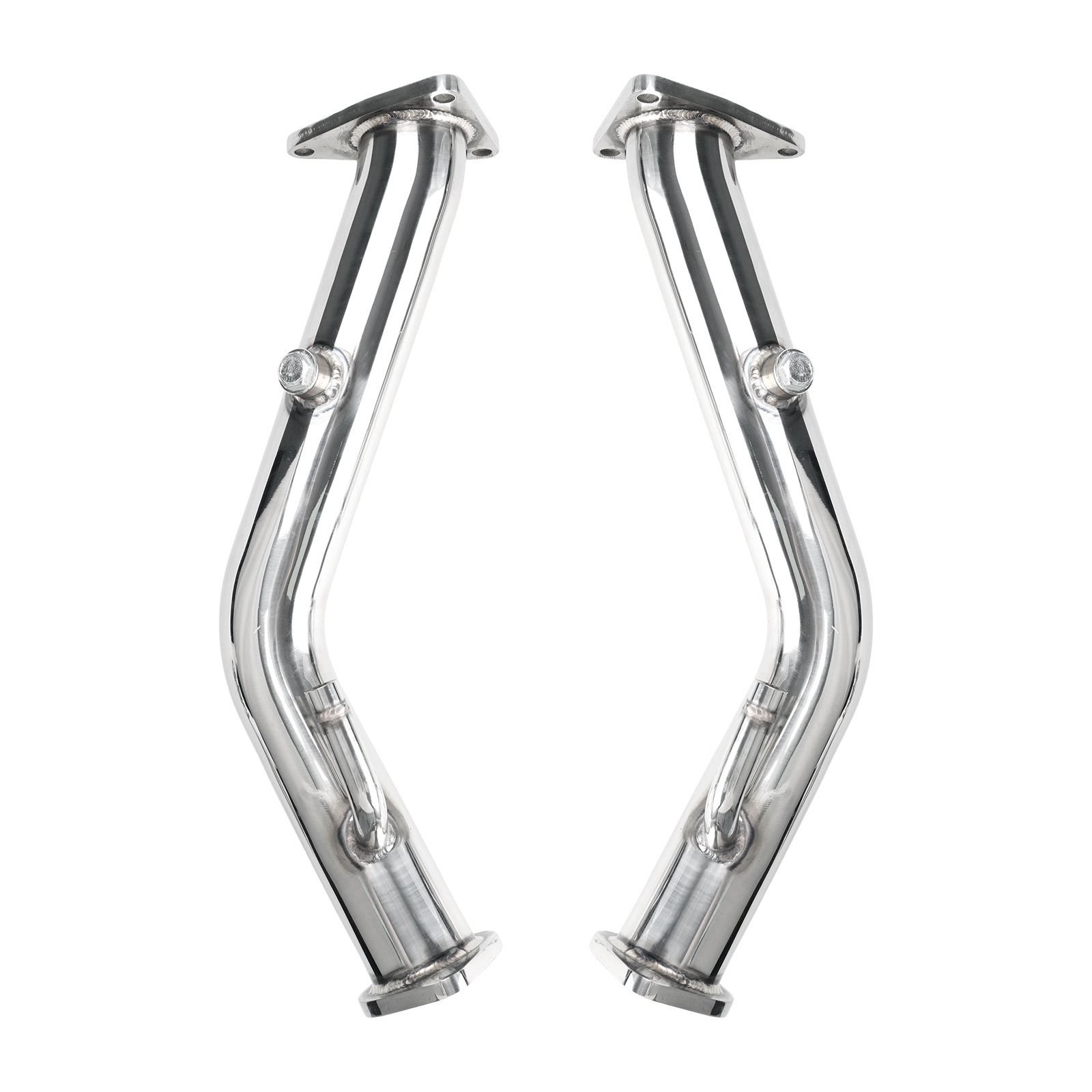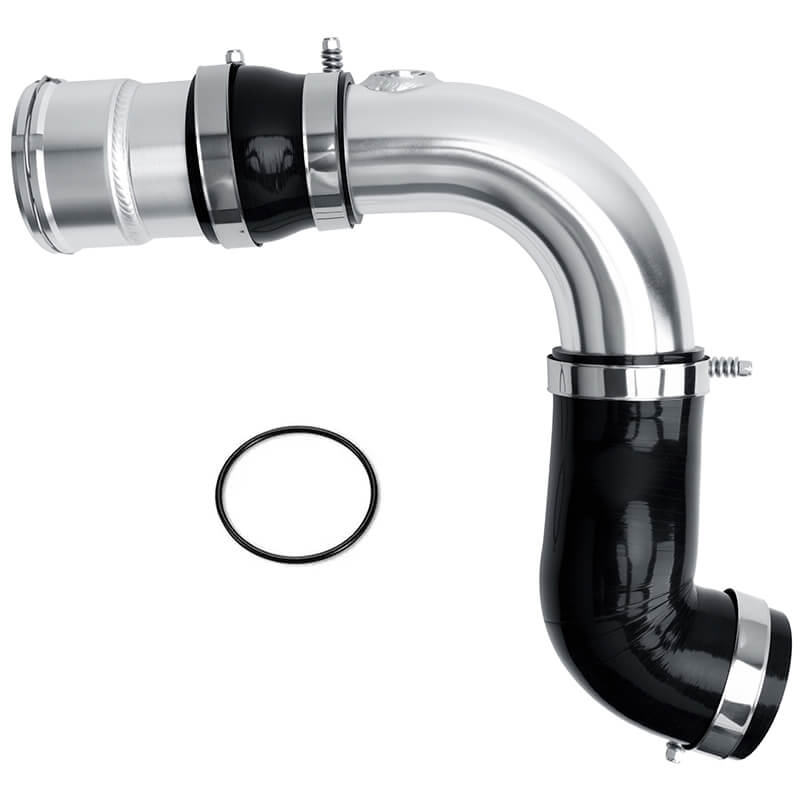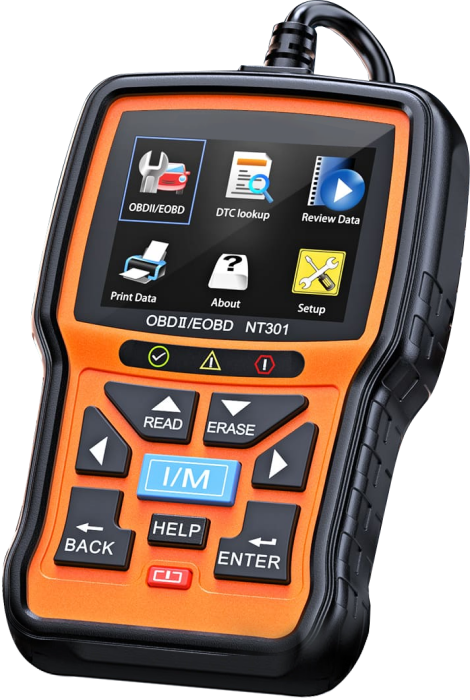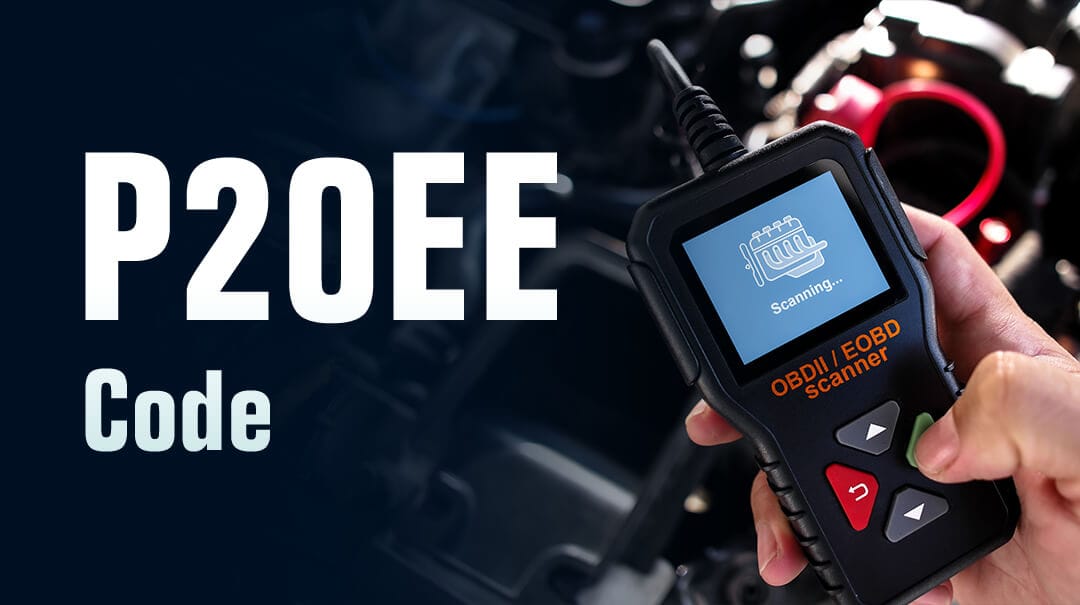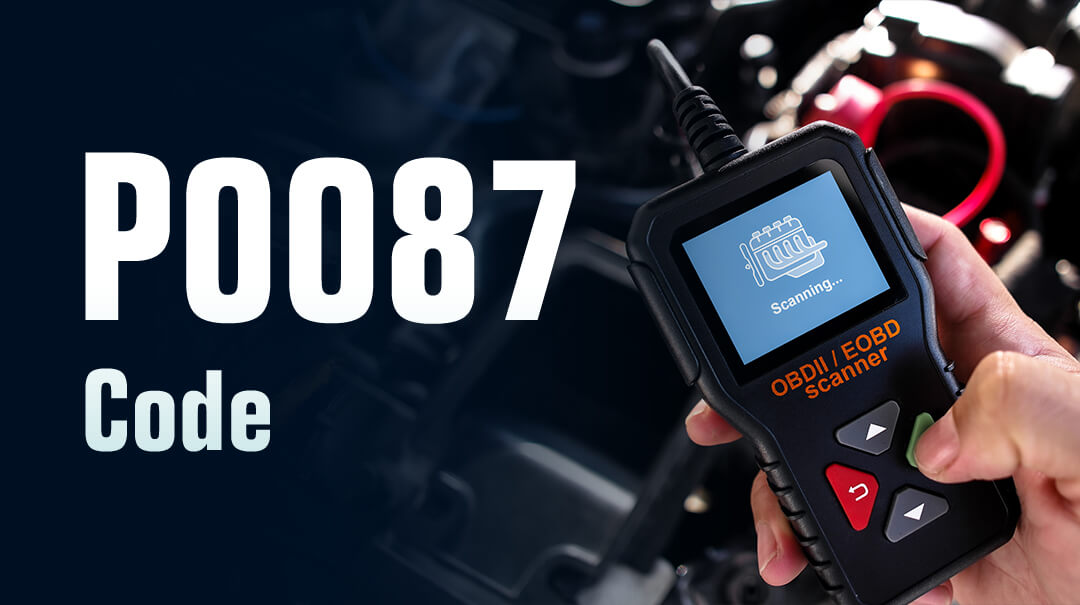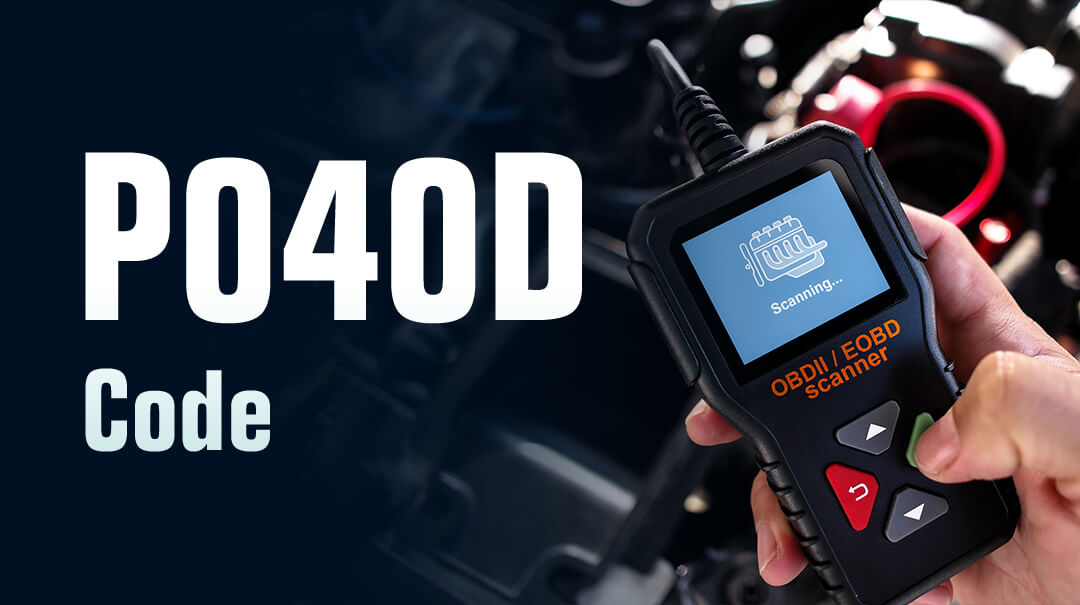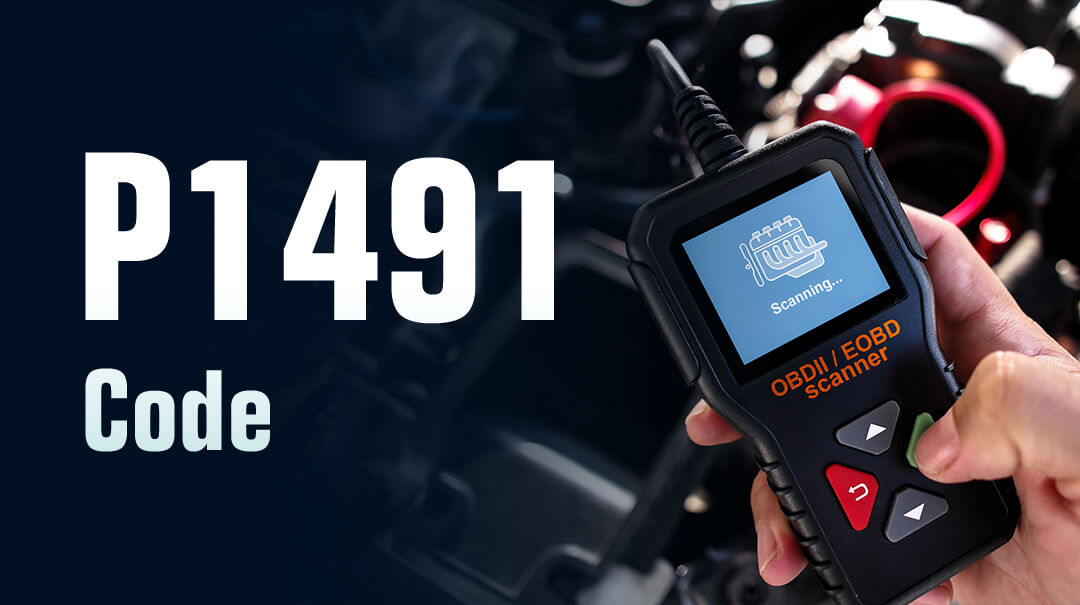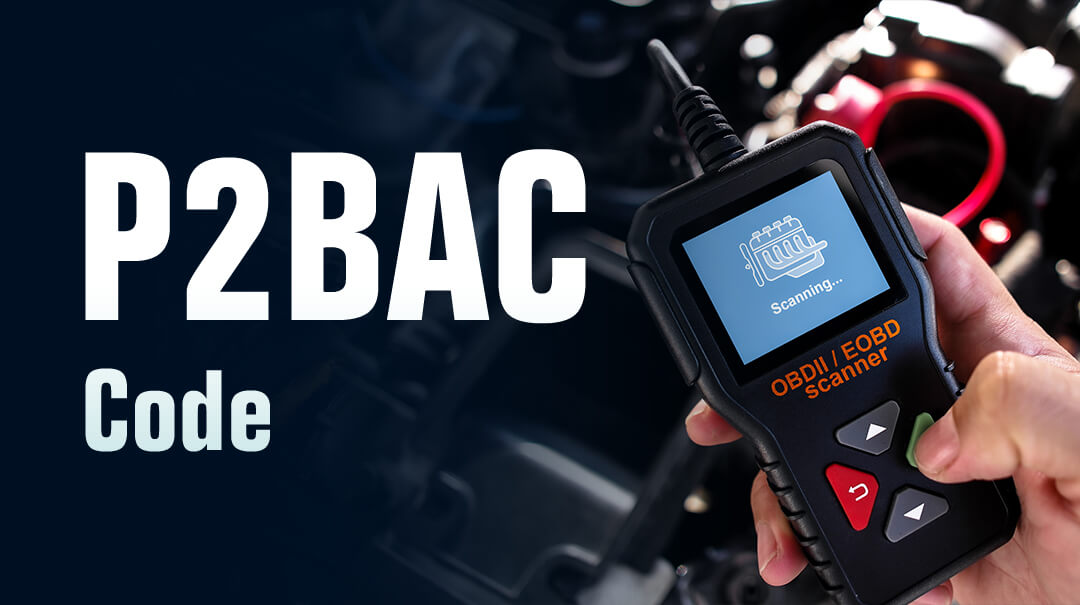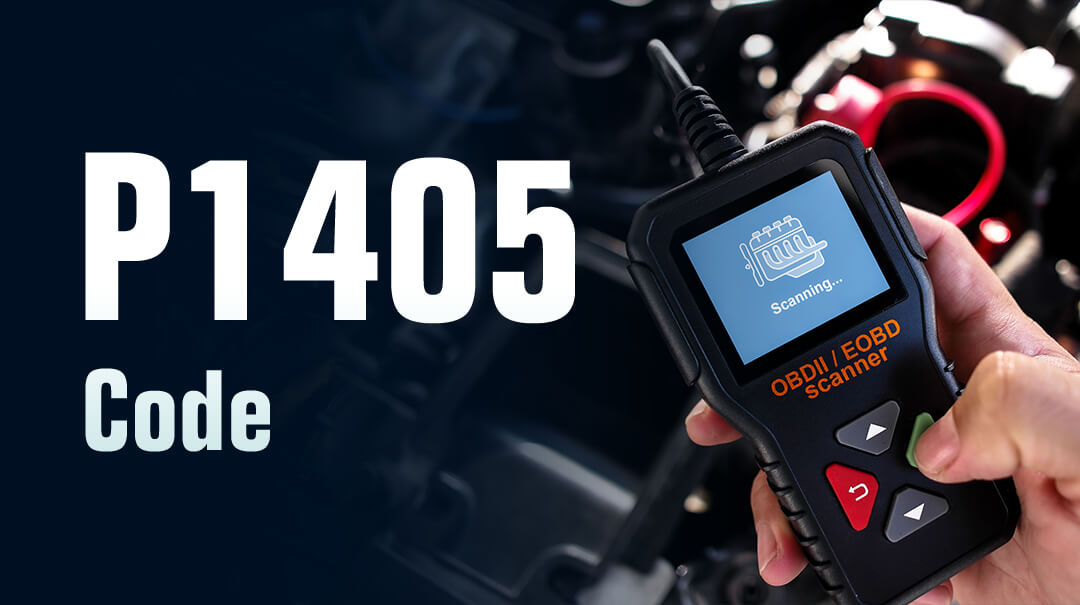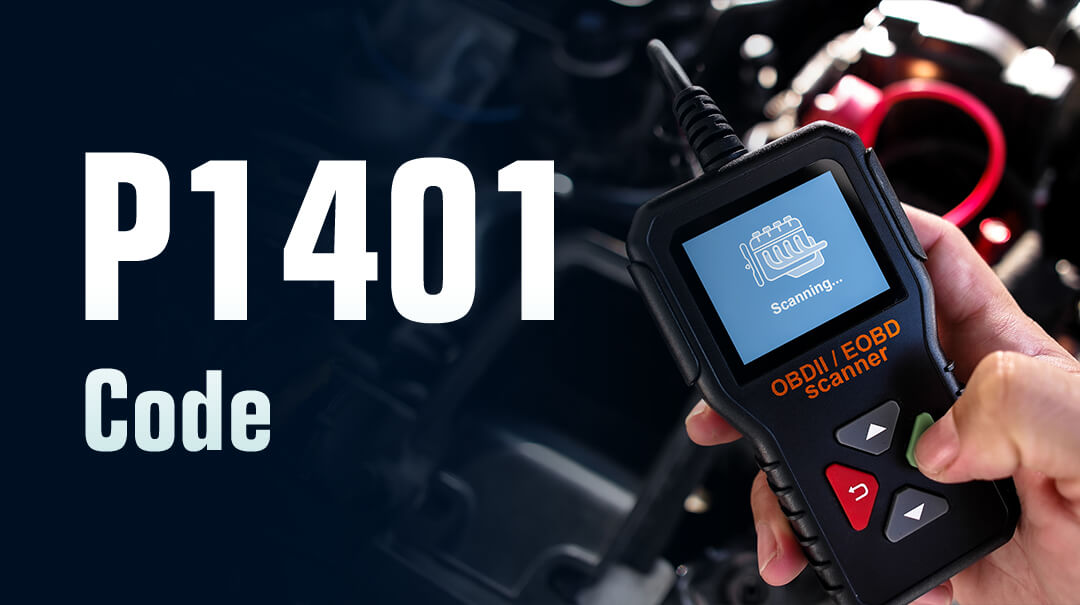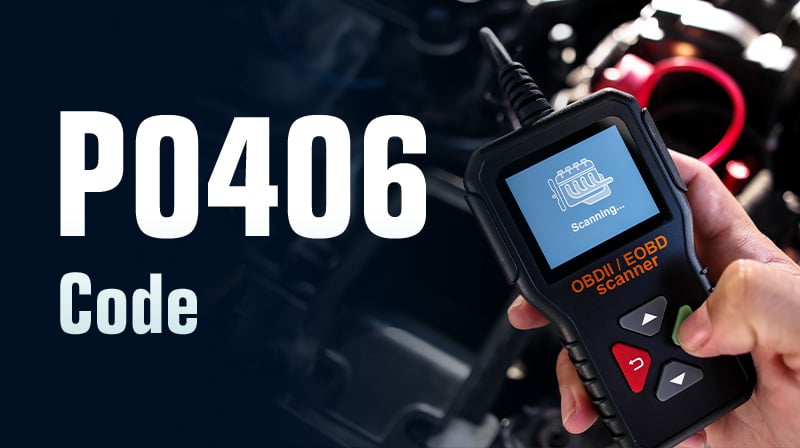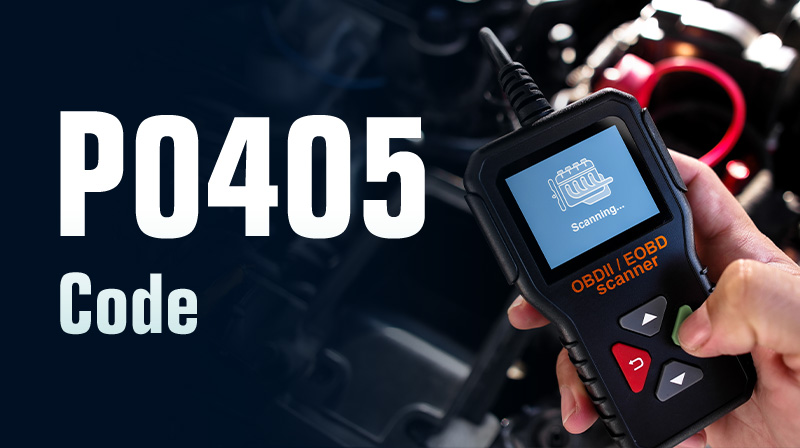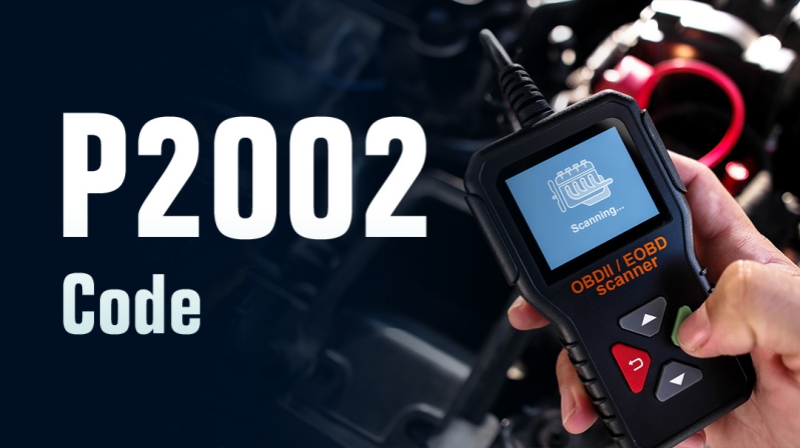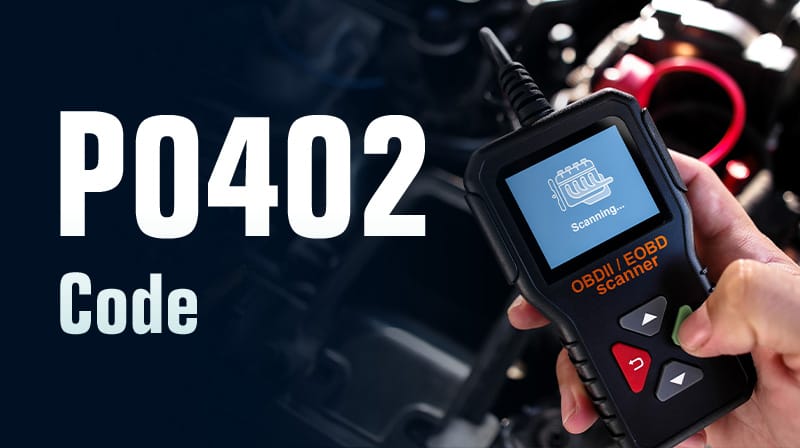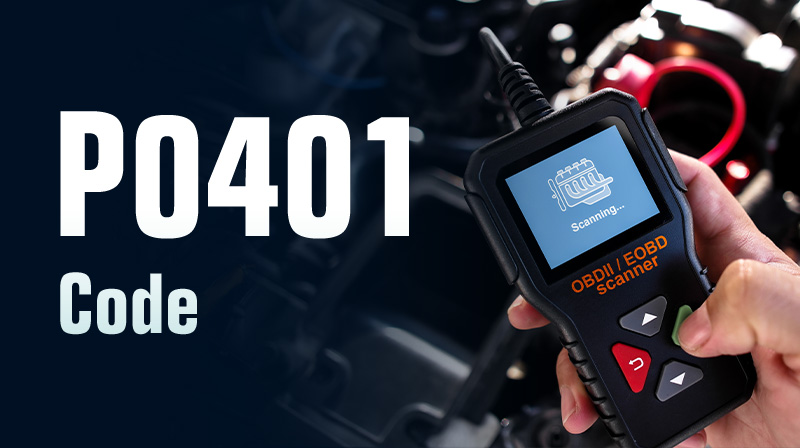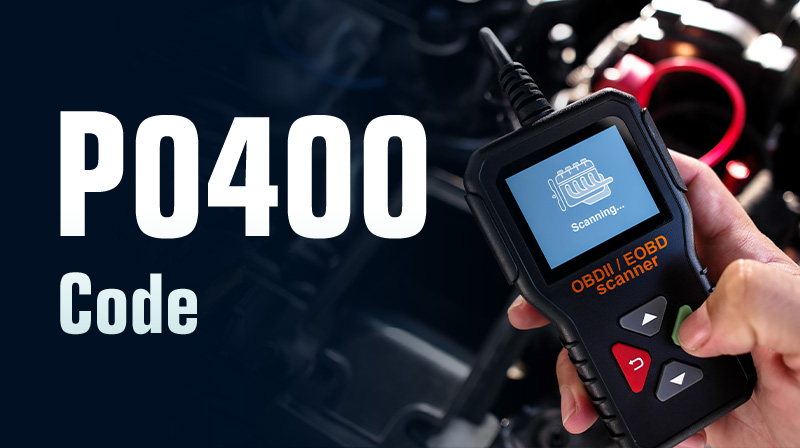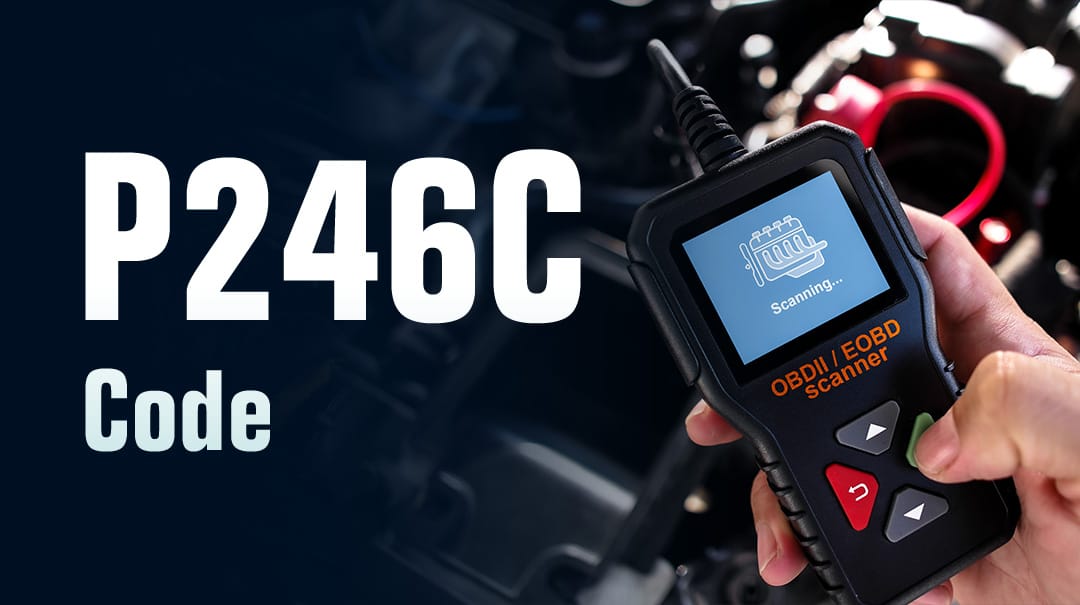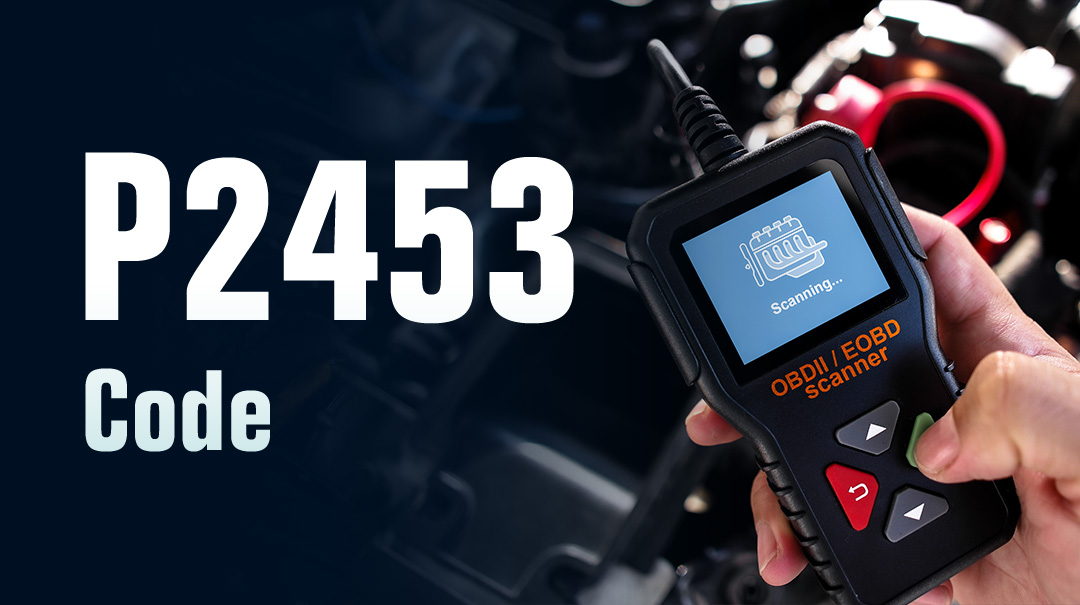What Are OBD-II Trouble Codes?
OBD-II trouble codes, also known as diagnostic trouble codes (DTCs), are standardized codes stored by the vehicle's onboard computer when it detects a problem. Every car and truck manufactured in the United States after 1996 is equipped with an OBD-II system.
This system monitors the engine, emissions, and other critical systems. When a sensor or system malfunctions, the OBD-II system triggers the Check Engine Light (CEL) and records a specific fault code.
Understanding OBD-II Codes: What Each Character Means
When your "check engine light" or other dashboard warning light illuminates, your vehicle's OBD-II system generates one or more DTCs. Each DTC is a five-digit alphanumeric automotive diagnostic trouble code (e.g., P0420) that describes the type of fault, system location, and specific issue.
These engine codes typically begin with a letter and are categorized into four types based on the prefix:
First Character: System Category

P-Codes (Powertrain)
Engine and transmission systems

C-Codes (Chassis)
Suspension, brakes, steering

B-Codes (Body)
Interior systems like airbags or climate control

U-Codes (Network)
Communication issues between modules
Second Digit: Code Type
The second character in the code tells you whether the fault is generic or manufacturer-specific:
0 = Generic code (SAE-compliant, applicable to all brands)
1 = Manufacturer-specific code
Third Digit: Vehicle System Category
The third digit pinpoints which system is affected. There are eight categories:
0 = Fuel and air metering and auxiliary emission controls
1 = Fuel and air metering
2 = Fuel and air metering (injector circuits)
3 = Ignition system or misfire
4 = Auxiliary emission controls
5 = Vehicle speed control and idle control system
6 = Computer and output circuits
7 = Transmission
Last Two Digits: Specific Fault
The last two digits identify the exact fault or component involved, allowing the technician (or DIY owner) to determine the precise problem.
How to Read & Retrieve OBD-II Codes
Step 1: Locate the OBD-II Port
Locate the OBD-II diagnostic port, typically located below the dashboard near the steering wheel. In some vehicles, it may also be located near the center console or behind a small cover.
Step 2: Plug in the OBD-II Scanner
Connect your OBD-II code reader to the port. Turn the ignition key to the "ON" position (without starting the engine) so that the scanner starts and communicates with the vehicle's computer.
Step 3: Retrieve Diagnostic Trouble Codes (DTCs)
Follow the scanner's instructions to read stored and pending codes. The results will be displayed as a five-character code. Write it down or save it for future reference.
👉 Use our OBD Code Lookup Tool to learn what each code means, common causes, and possible solutions.
How to Clear OBD-II Trouble Codes
When your check engine light comes on, an OBD-II scanner can help pinpoint the problem. But once the issue is resolved, don't forget to clear the check engine light codes to reset the light. Here are the most recommended steps:
Step 1: Plug the scanner into the OBD-II port (usually located under the dashboard).
Step 2: Turn the ignition switch to the ON position, but do not start the engine.
Step 3: Navigate to "Clear DTCs" or "Clear Trouble Codes" in the scanner menu.
Step 4: Wait for confirmation, then turn the ignition off and restart the vehicle.
👉 Pro Tip: Always diagnose and fix the underlying cause first. Clearing the OBD2 codes won't fix the problem; it will only reset the warning light.





















